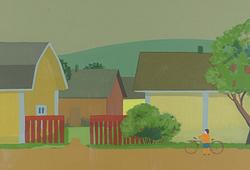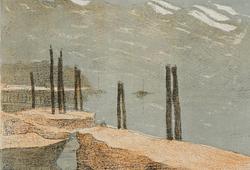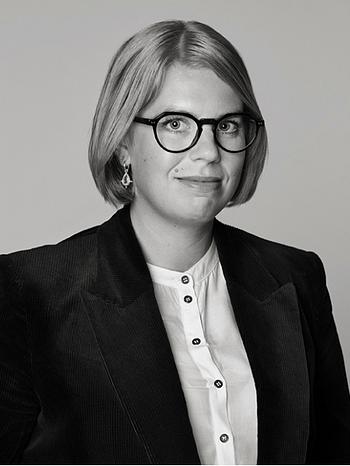Jacqueline de Jong
”Le Consommateur Excité”
Signed De Jong. Canvas 80 x 60 cm. We thank Lucas Haberkorn, chief curator at Museum Jorn, Silkeborg for the confirmation of authenticity.
Provenance
Private Collection.
More information
Jacqueline de Jong was born in 1939 in Hengelo, the Netherlands, and passed away in 2024 in Amsterdam. Over a career spanning more than six decades, she explored themes of violence, banality, eroticism, and humor in human relationships. Painting was central to her practice, but she also worked with drawing, sculpture, printmaking, jewelry, and book publishing.
Her early life was marked by trauma and displacement. During World War II, her family went into hiding; she and her mother fled toward Switzerland with help from the Dutch resistance after being arrested at the French border and nearly deported to Drancy. In the late 1950s, she studied drama in Paris and at the Guildhall School of Music and Drama in London, later working at the Stedelijk Museum in Amsterdam while studying applied arts and art history.
In this period, she met Danish artist and CoBrA founder Asger Jorn, whose influence shaped her early artistic development. Though he was an important mentor and partner, De Jong soon established her own direction. She joined the Situationist International, left when it rejected artmaking, and went on to found and edit The Situationist Times (1962–67). Through this and her experimental work in painting, printmaking, sculpture, and political art, she emerged as a leading avant-garde voice.
De Jong’s painting defies linear development, revisiting both formal and conceptual questions throughout her career. Her 1960s works include expressive abstractions and the violent yet humorous series Accidental Paintings and Suicidal Paintings, as well as the witty and erotic Private Lives of the Cosmonauts. Themes of sexual desire, war, and violence recur across her oeuvre — from the Série Noire and Paysages Dramatiques of the 1980s to the conflict-driven paintings of the 1990s. In the 2010s, inspired by the grotesque forms of sprouting potatoes, she explored nature’s absurdity through new materials and photographic printing techniques. Her later oil paintings revisited earlier motifs with renewed depth and resonance.






















































